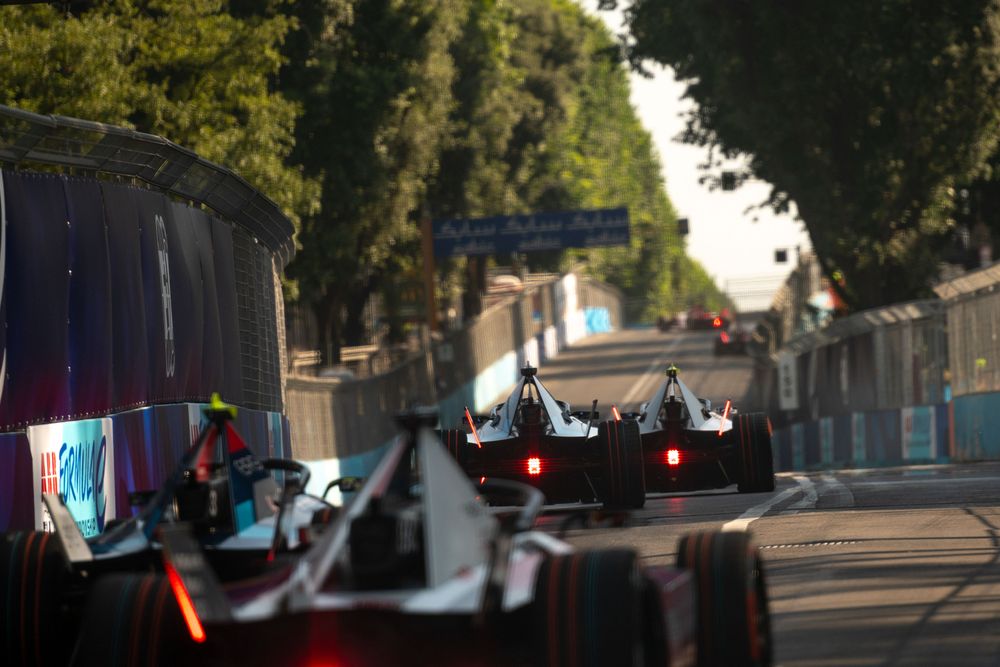Formula E had the worst possible start to its 2024 season at Valencia this week - thanks to a pit fire that led to a mass evacuation of the pit buildings and halted running, having been triggered when one of the Gen3 traction batteries went up in smoke.
The knock-on effects of the incident are yet to be fully known but there are still some positive aspects to what has been an enormously disruptive episode, albeit one that hasn't prevented testing from resuming.
The FIA and Formula E went into full crisis mode in the subsequent hours and days after the fire, which thankfully did not seriously injure members of the WAE working crew.
The actual containment of the fire was well-handled but the initial evacuation was less impressive - with no audible fire alarm emanating from the pits for at least the first five minutes of the fire occurring. For a permanent and well-furnished facility this is a major concern and one that Valencia track bosses and the organisers will be asking serious questions about in the subsequent detailed investigation.
While the exact trigger for the fire, which occurred on a battery that had been taken out of the #2 DS Penske run DS E-TENSE23 normally driven by Stoffel Vandoorne but running at that point with rookie Robert Shwartzman, is still unclear, these are the details that are already known.
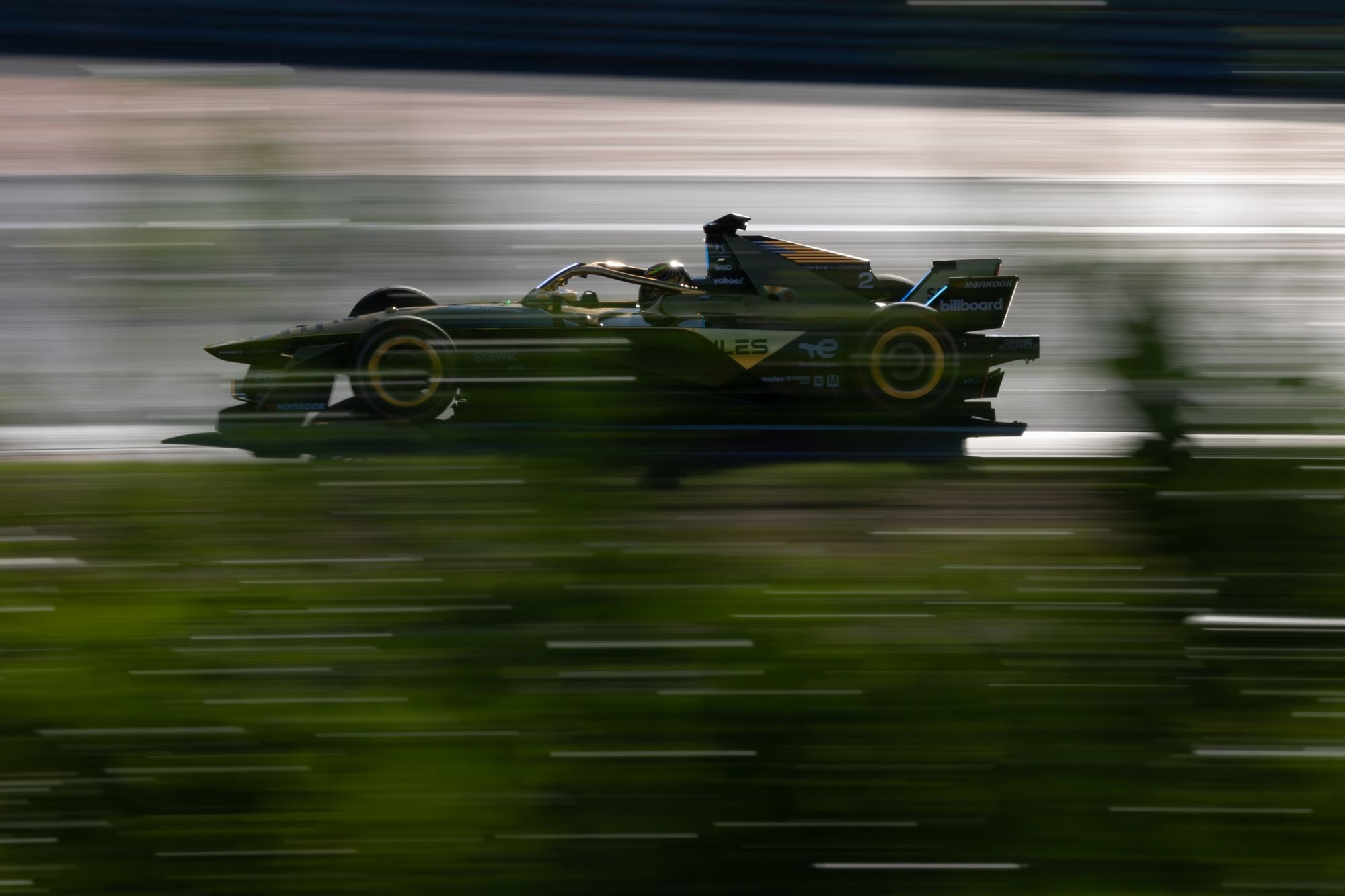
Shwartzman had completed three runs in the car before coming to a stop at Turn 11. The Race understands that his car ground to a halt rather than him receiving any instruction from his engineer to pull over. The car was then brought back to the pits whereupon the traction battery was taken from the car and relocated to the WAE pit box for inspection.
Around 45 minutes into the lunch break and approximately 90 minutes from when the car stopped on the track the fire occurred, with an eyewitness telling The Race there was “at least one small and muffled explosion sound" - and another eyewitness corroborating this.
At the same moment Porsche had begun filming on the track with both its cars, driven by Antonio Felix da Costa and Pascal Wehrlein. They were instructed to “pass to the finish line and stop in the pit exit and we then put them in the direction of Turn 1,” Porsche’s director of motorsport for Formula E Florian Modlinger told The Race.
The fire at this time had become larger around the battery unit before quickly being suppressed. This though didn’t stop neighbouring team Mahindra suffering some damage to its "IT infrastructure, engineering stations and to both race cars".
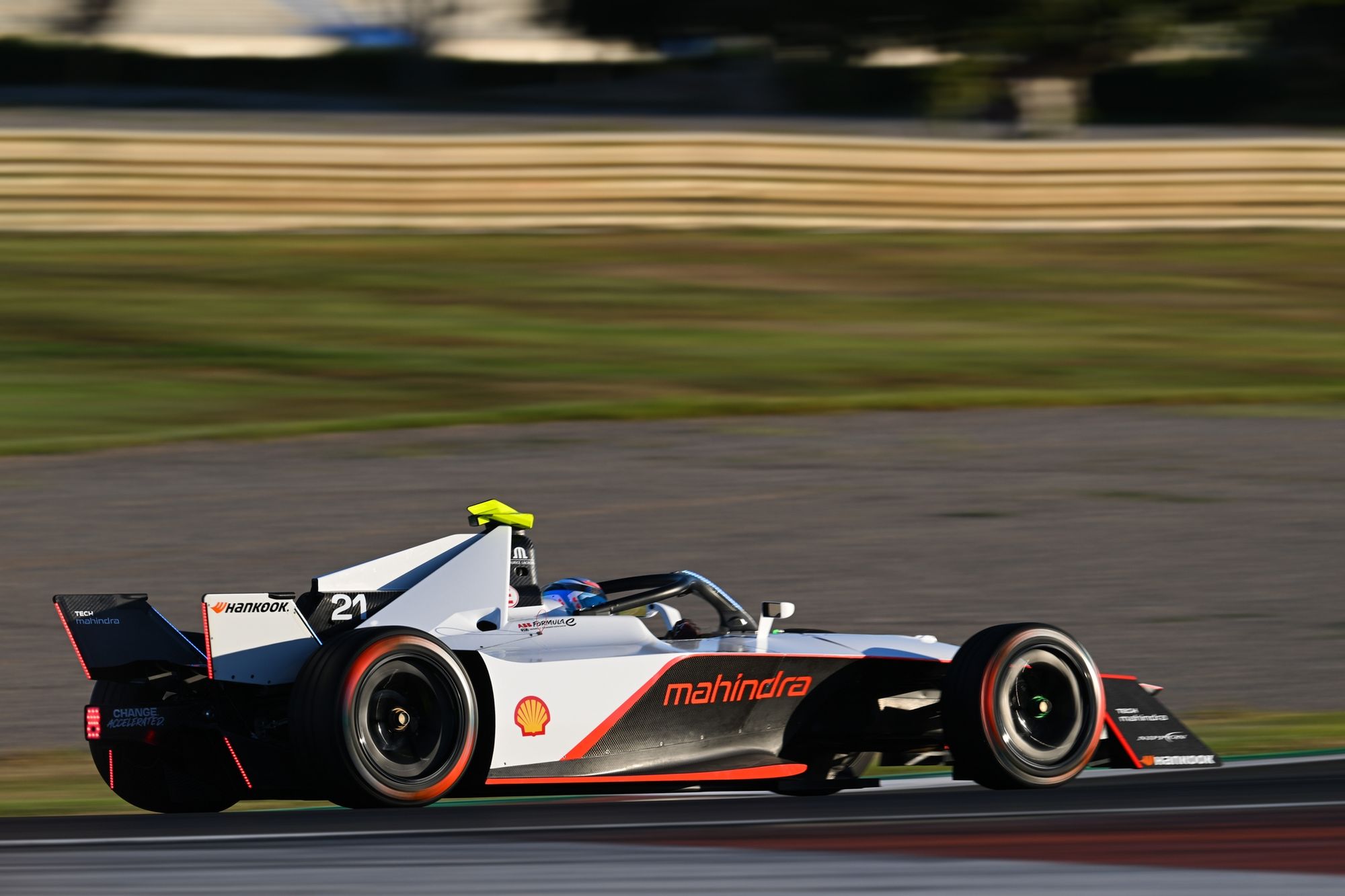
It’s plainly not a great look for the world championship, yet given this is its first case study in electrical disaster management in a decade, the exam at least was passed in terms of there being no significant injuries and ensuring that it did spread further.
Once the local authorities had worked with circuit safety teams to control the fire, the investigation began on what had caused it.
This though is believed to be challenging due to the damage inflicted on the battery. What is likely is that this was not a cell-generated issue but rather a problem around the 12-volt supply of the unit. This is important because all of the race batteries were recently refurbished as part of the duty cycle management of the whole Gen3 technical project.
The cells of the spec battery are provided by the SAFT company, which is a part of the TotalEnergies network of companies. The exact specification of these was changed in the autumn of 2021 after initial testing found that there needed to be an extra capability for the increased power output of the Gen3 design.
The challenge for WAE and the FIA has been ascertaining precisely what happened with this incident and consequently being completely sure it does not occur again. With the period of time that has passed since it happened, it seems at this stage unlikely that this was a human error on the part of the technicians working on the unit.
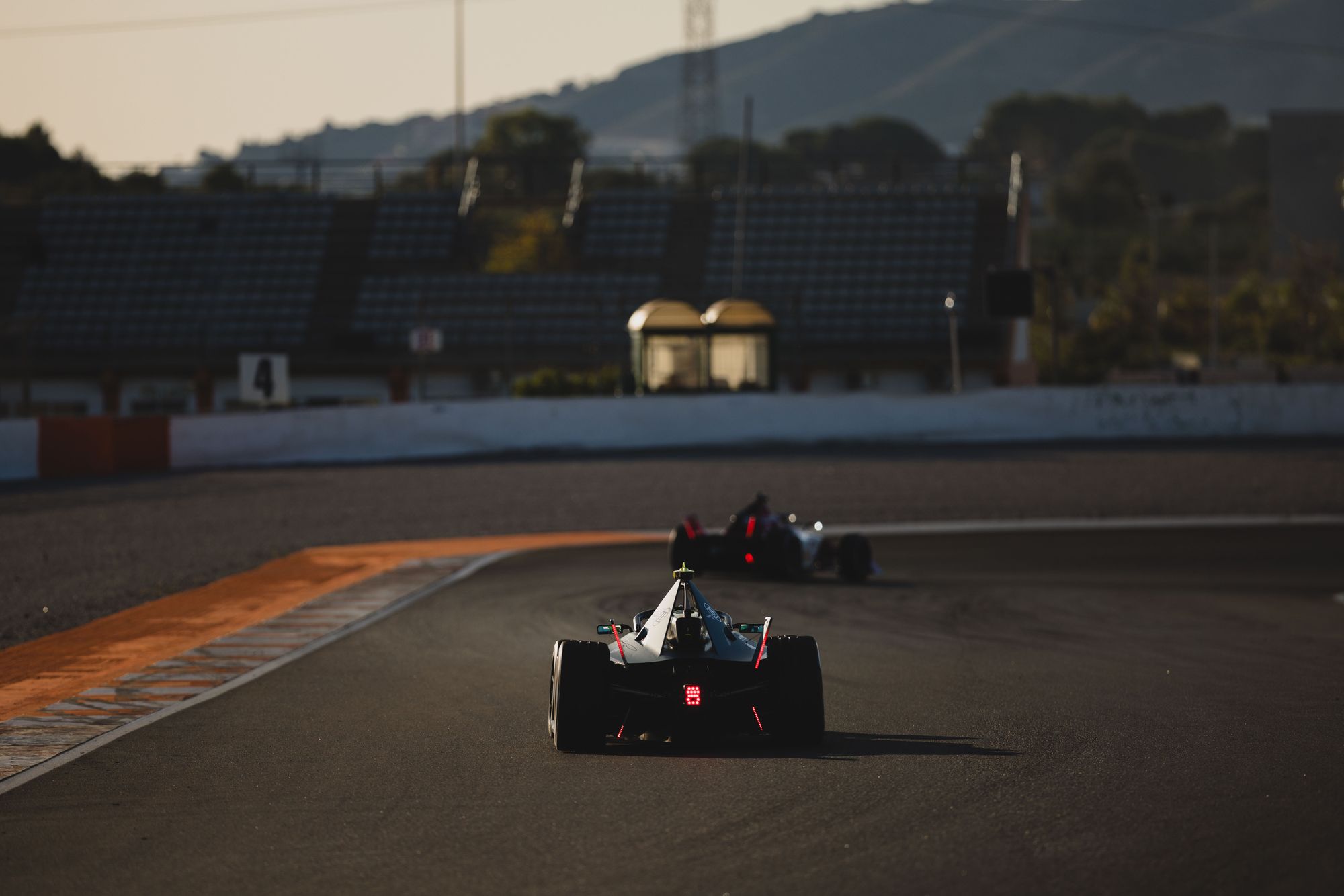
WAE has industry-leading expertise and a full season of experience in supplying and servicing batteries for Gen3. It faced herculean challenges last season with a spec change in cells and several other difficulties - but the season ended up featuring very few race-defining or -ending on-track malfunctions.
It is also important to note that in almost a decade of Formula E there has not been a single traction battery fire at a race. There have been small-scale 12-volt battery issues, notably at Long Beach and Montreal in 2015 and 2017 respectively, but the safety record is impeccable.
Additionally, despite some wild initial rumours in the paddock this was nothing to do with the new attack charge boosters, which teams are running in public for the first time in Valencia.
Indeed, Shwartzman had yet to take a boost because of the clear reason that DS Penske at that time did not have one of the units in its garage as eight of them were being shared across the 11 teams at that time.
The positives to some extent are also within how the fire was contained and managed.
From sources close to the incident The Race understands that the safety procedures in the rapid response to containing it were generally good. Lessons, though, are always learned from such dramatic occurrences and both the FIA and Formula E will refine and improve upon key areas of incident management for the 2024 season.
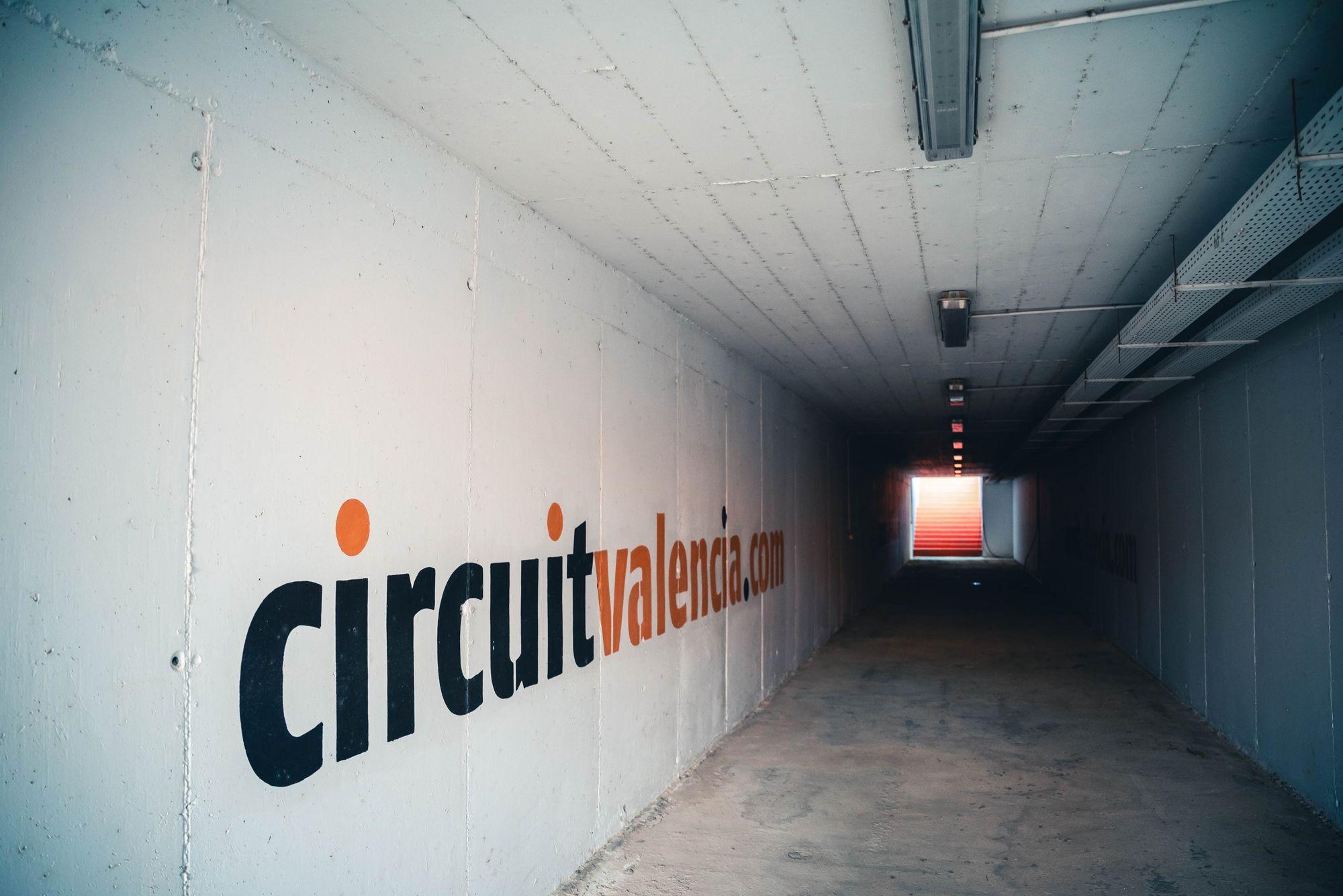
In the bigger picture there are two key areas that are currently crucial. The first is getting more much-needed mileage in ahead of the season opener in Mexico City in 11 weeks' time.
The analysis that has already taken place has allowed the FIA to "confirm that it is acceptable for on-track activity to go ahead once more", with the test resuming on Thursday and running to the end of Friday.
The sea freight leaves for the event next week direct from Valencia, which is now officially a home base hub for Formula E's logistics division. That means that any technical knock-on for the batteries, which have strict safety regulations enforced for travel, is proving crucial for the Mexican preparations.
Additionally, there is no getting away from the fact that this has damaged Formula E’s wider reputation in motorsport. There is a sensitivity around electric motorsport - which is often unfair, because, as stated above, the safety record is incredibly strong.
However, the devastating conflagration of the Sebastien Loeb-affiliated electric rallycross team Special ONE Racing at Lydden Hill in the UK earlier this year (an incident that caused as many as three rounds to be cancelled in World Rallycross' flagship RX1e class before the whole class was switched to RX2e machinery) sent a shockwave through the industry.
And while the Valencia incident was in no way similar, it will sadly plant seeds in minds that are not fully understanding of EV technology.
For Formula E the show will go on, as it always does. Practically for the teams, they - as it stands - are set to miss just the session that was lost on Tuesday afternoon and the one on Thursday morning. Or, at least, that's the case for every team but Mahindra, which will have to do with one car for the remainder of the test.
But overall this is basically the best-case scenario - as is the fact that Formula E came away from such a serious incident with no injuries and relatively minimal damage to some of its key infrastructure.
Lead image courtesy of Andreas Beil


